Alex Ovechkin passed Wayne Gretzky’s all-time goals record with number 895. For The Athletic, Dom Luszczyszyn highlights “Ovechkin’s spot” on the ice (paywalled), where he scored 285 of his career goals.
After watching every goal Ovechkin has ever scored from his spot, what became clear is how often he made damn sure that the goalie had absolutely no shot at stopping what was coming. Even with a gaping net facing him, Ovechkin would very often put pucks as far out of reach from a goalie’s potential grasp. These were perfectly placed shots, as if Ovechkin was picking corners on an invisible goalie in front of him. The frequency that one of his goals was laser-focused on just inside the post-crossbar connection was astounding.
I know very little about hockey other than whatever knowledge I gained through osmosis living in Buffalo, New York for a few years. But I appreciated this statistical breakdown and the dots that look like cupcake sprinkles.

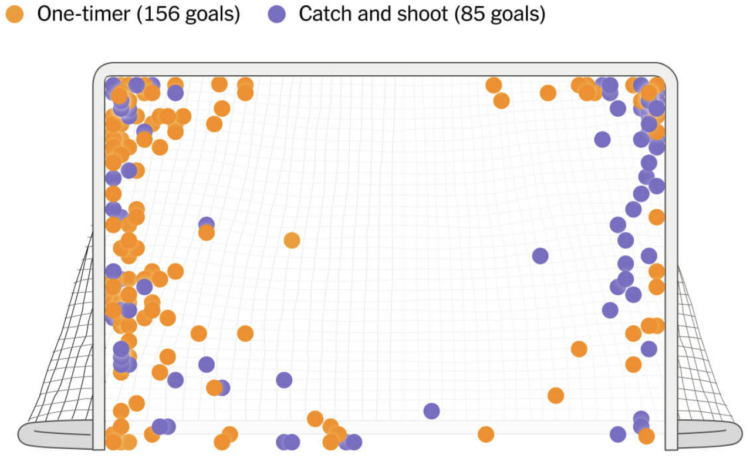

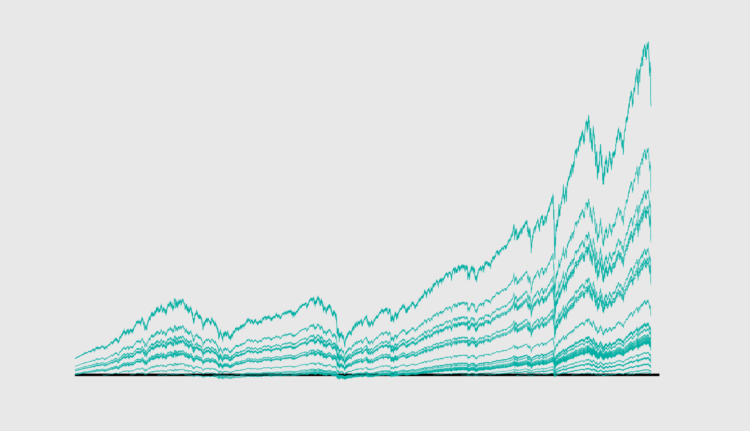


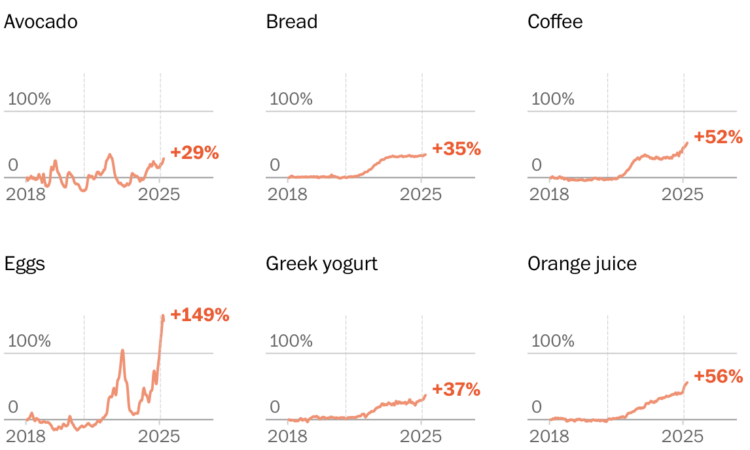
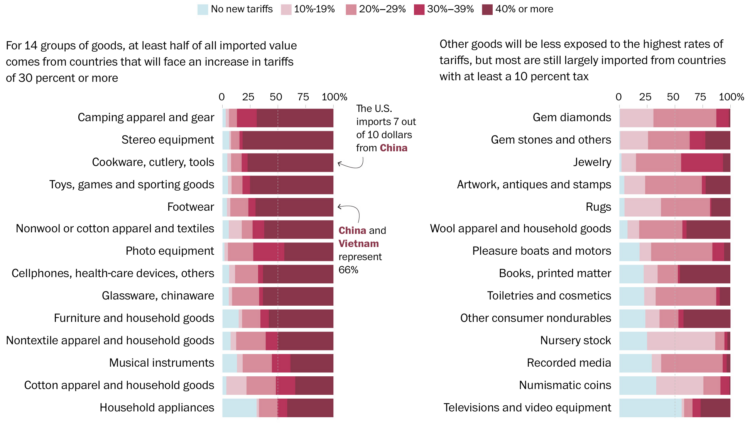
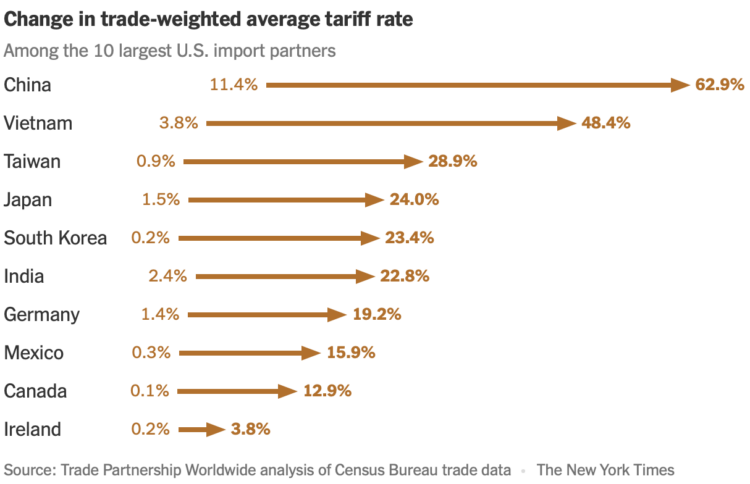
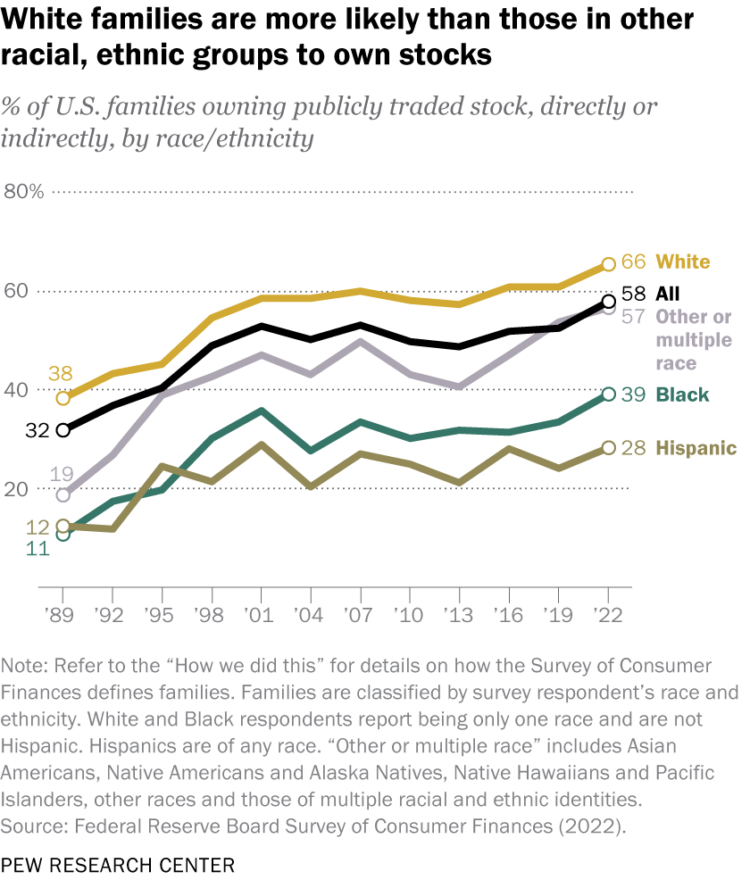
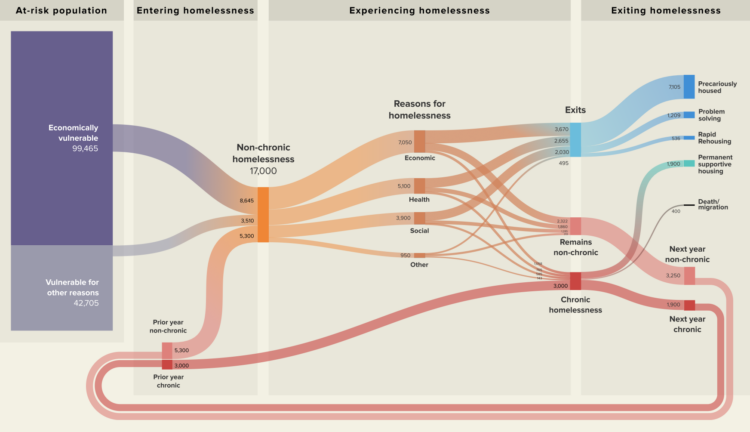
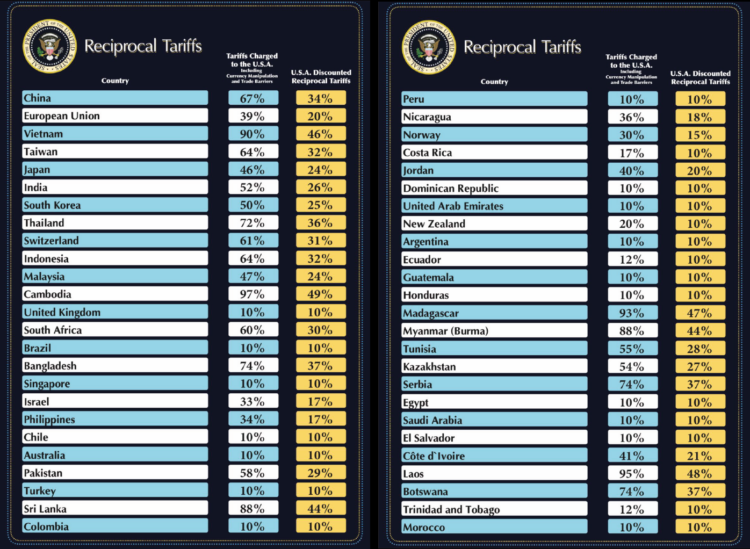

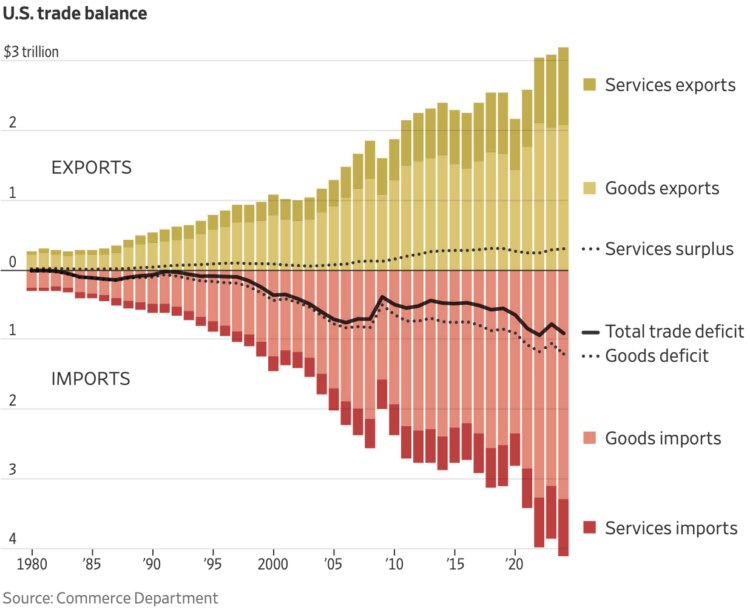
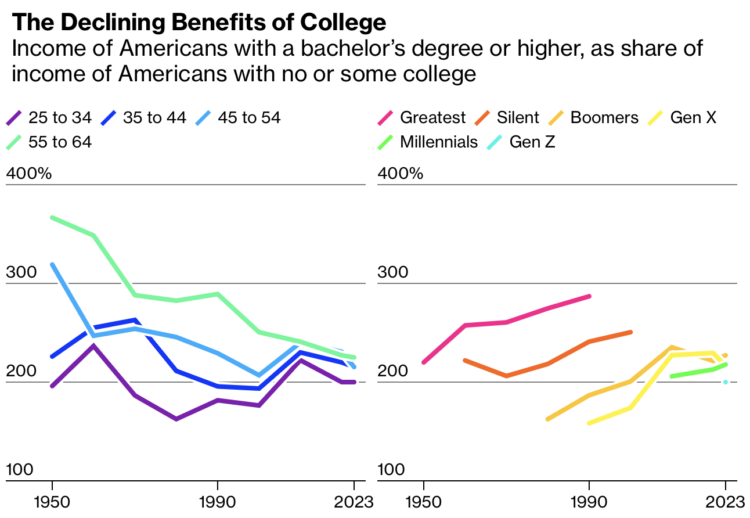

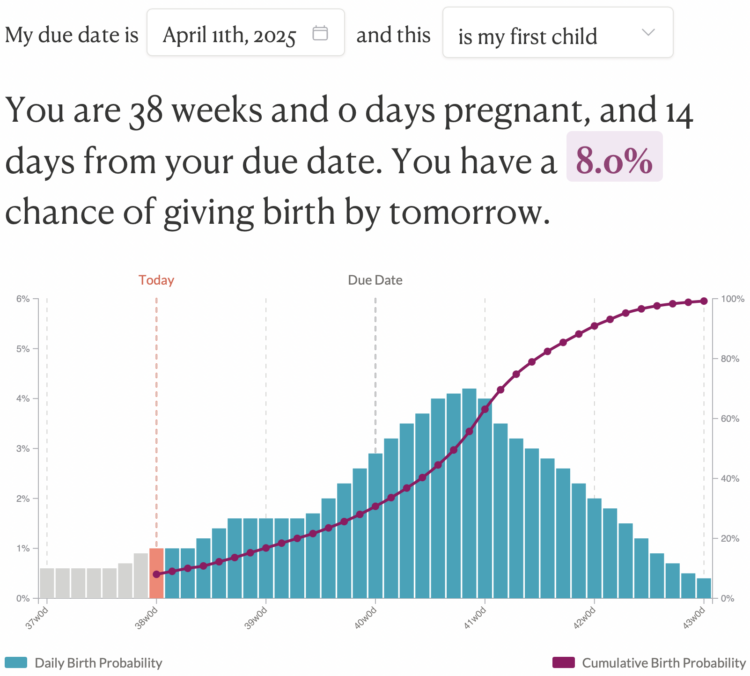
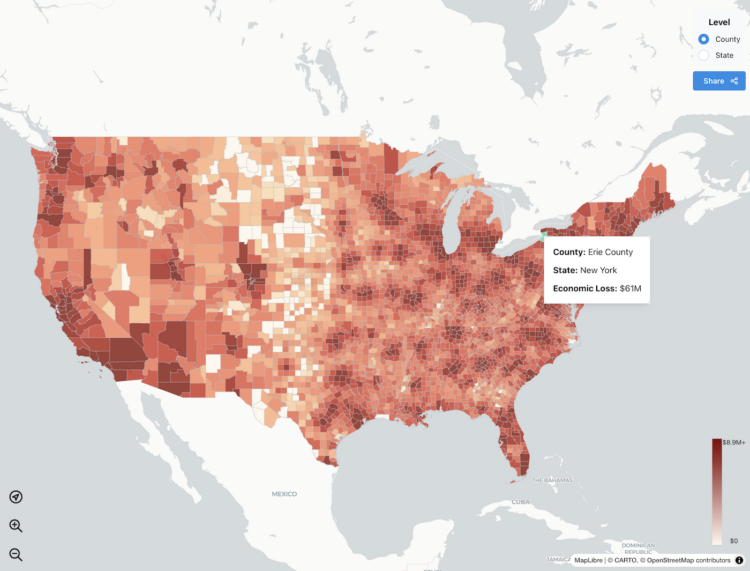









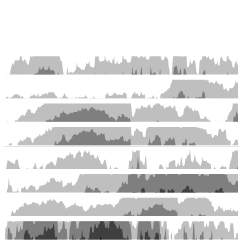
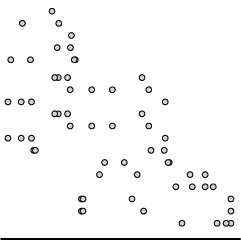
 Visualize This: The FlowingData Guide to Design, Visualization, and Statistics
Visualize This: The FlowingData Guide to Design, Visualization, and Statistics
